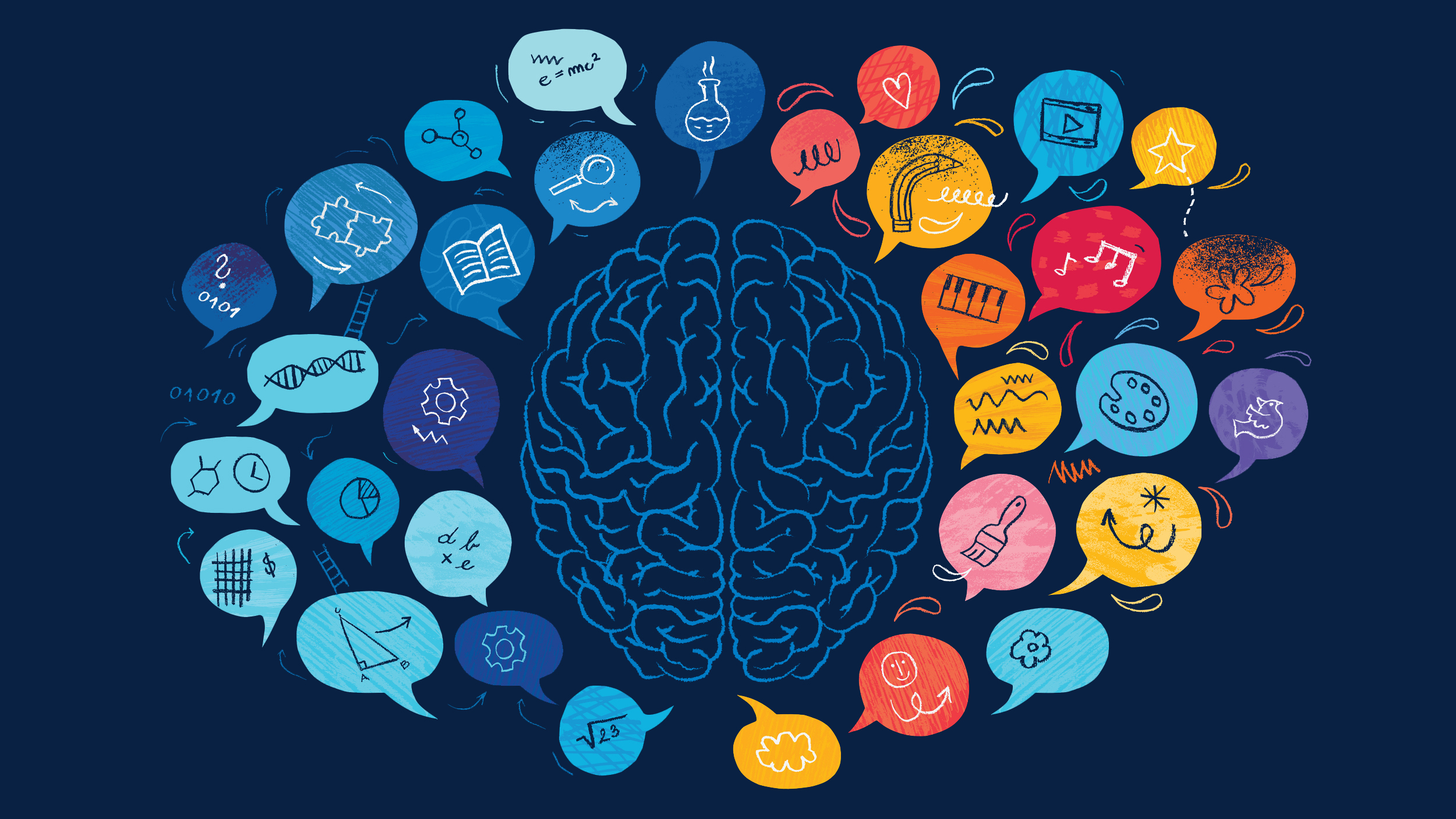It’s not jobs we’re running out of; it’s alignment. Too often, the skills people bring to the market don’t match what employers demand and vice versa. But the debate about “AI replacing humans” is misleading. The reality looks very different depending on who you ask:
Companies are under pressure. For them, automation or more precisely, machines (not “intelligent” AI) is a way to cut costs, reduce dependency on scarce human resources, boost profits, and efficiency.
From a worker’s perspective, the picture looks very different; automation might mean replacing a large part of their jobs, displacement, constant upskilling, or, depending on the industry, entirely new opportunities.
And yet, governments and institutions face another challenge; we see every day how outdated job taxonomies and fragmented labor data hinder effective policy-making, leaving reskilling programs, university curricula, education pathways, and workforce strategies lagging behind market realities.
All these perspectives share the same underlying problem: a lack of common understanding of skills. Without it, workers’ skills, employers’ needs, and governments’ policies keep growing the gap of disconnection.
At JANZZ.technology, we tackle exactly this challenge. We don’t just match job titles with resumes; we understand skills contextually. Our semantic engine, powered by the multilingual occupation ontology JANZZon!, identifies not only the skills people already have but also the ones they are missing, making it possible to align talent with opportunity. A unique feature that no one else in the market offers is our ability to differentiate skills across levels, knowing the exact level of explicit skills and, even more importantly, implicit skills gained through previous work experience.
Companies see the true skills supply, workers understand where to upskill, and governments can build effective labor policies in a labor market that is evolving faster than ever.
Start now connecting skills, understanding the data, and creating a common foundation for decision-making. Today, building alignment across all stakeholders is essential.
Discover how semantic intelligence can help align talent with opportunity, explore our white paper on Labor Market Mismatch, and get in contact.


